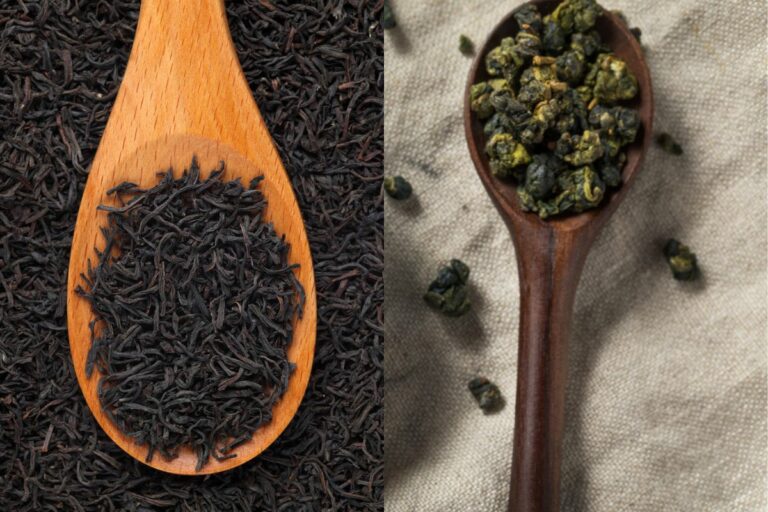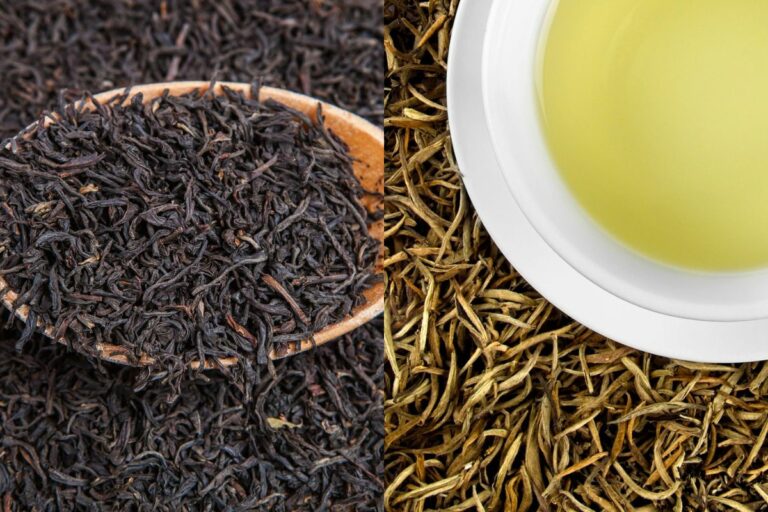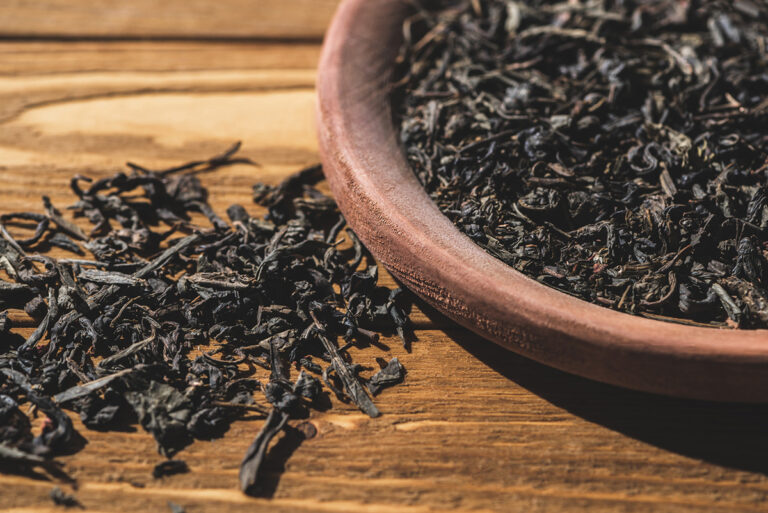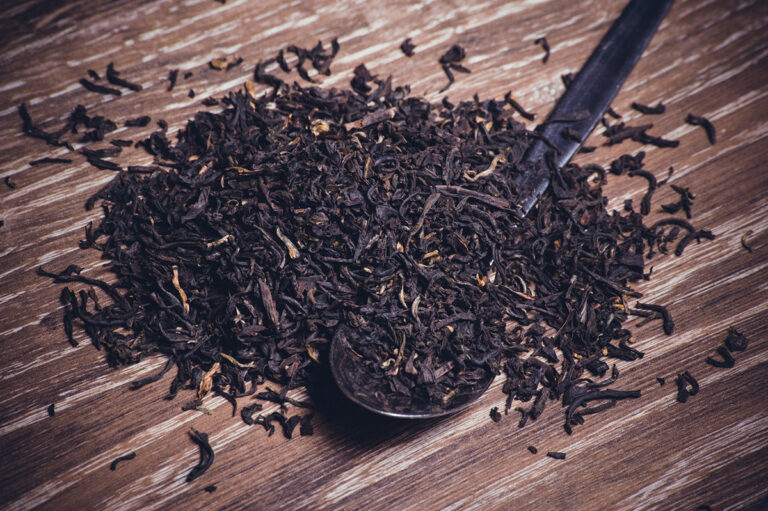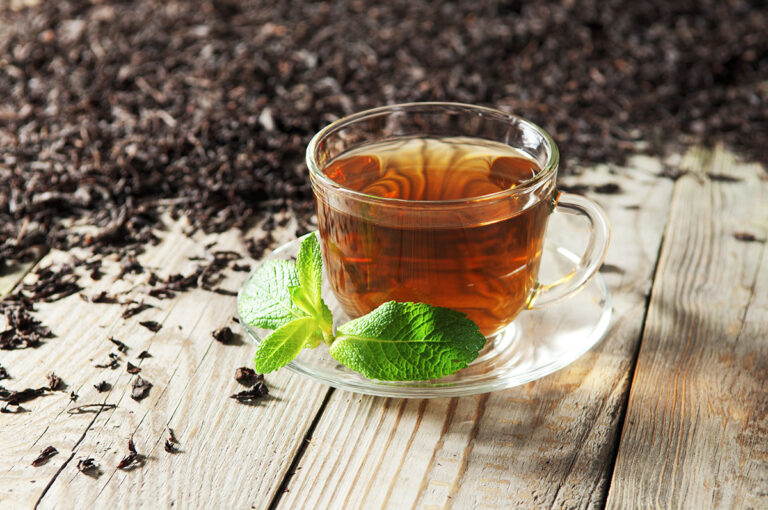How to Make Earl Grey Tea
Brewing a perfect cup of Earl Grey tea is an art that combines the right balance of tea leaves, water temperature, steeping time, and personal touches. This comprehensive guide is designed to provide you with in-depth knowledge and practical steps to master this art.
From understanding the rich heritage of Earl Grey to mastering the brewing process, and from exploring the range of additions that can enhance its taste to knowing its perfect food pairings, we’ve got it all covered.

What Is Earl Grey Tea?
Earl Grey tea is a distinct type of black tea that has been flavored with oil from the rind of the bergamot orange, a fragrant citrus fruit typically grown in Italy. The tea derives its name from Charles Grey, the 2nd Earl Grey and British Prime Minister in the 1830s, who reportedly received a gift of this flavored tea. The precise bergamot aroma combined with the robustness of black tea offers an elegant and balanced flavor, making it a beloved choice among tea enthusiasts worldwide.
How to Make Earl Grey Tea
Making Earl Grey tea is both an art and a science. Here’s a step-by-step guide to help you brew the perfect cup:
- Water quality: Start with fresh, cold, and ideally filtered water. The water you use can drastically impact the tea’s flavor.
- Heat the water: Bring the water to a boil. The ideal temperature for Earl Grey tea is around 200°F (93°C), just below the boiling point.
- Warm your teapot or teacup: Pour a little hot water into your teapot or teacup and swirl it around to warm it. Discard the water afterward.
- Measure your tea: For every 8 ounces of water, use 1 teaspoon of loose Earl Grey tea or one tea bag.
- Steep: Pour the hot water over the tea. Allow it to steep for 3-5 minutes. Steeping time depends on personal preference, but oversteeping can lead to bitterness.
- Strain or remove the tea bag: After the tea has steeped, remove the tea leaves or bag to prevent further steeping.
- Serve: The tea is now ready to serve. You can enjoy it as is or add accompaniments as per your preference.
What to Put in Earl Grey Tea?
While Earl Grey tea is delightful on its own, adding other elements can create a variety of flavors that cater to different palates. Here are a few options:
Honey
Honey can sweeten your Earl Grey tea while preserving its unique flavor profile. The natural sweetness of honey pairs exceptionally well with the tea’s citrus undertones.
Lemon
A slice of lemon can enhance the existing citrus notes in Earl Grey tea, providing a refreshing twist to your cup.
Lavender
Adding a few sprigs of lavender adds a soothing aroma. It imparts a subtle, sweet floral taste that complements the bergamot flavor.
Mint
Fresh mint leaves can add a refreshing and cooling effect to your Earl Grey tea, making it perfect for a hot summer day.
Milk
Adding a splash of milk can give your Earl Grey a creamier texture. Some prefer dairy milk, while others may choose plant-based alternatives like almond or oat milk.
What Goes Well With Earl Grey Tea?
Earl Grey tea pairs well with a variety of foods. Traditional accompaniments include biscuits and cakes, especially those with citrus, vanilla, or chocolate flavors. Moreover, its robust flavor makes it a great partner for savory meals, such as sandwiches or salads.
Best Earl Grey Teas for You to Try
We’ve sampled many Earl Grey teas, from robust blends in convenient tea bags to premium loose-leaf varieties and even decaf versions. If you’re seeking some great options, these are the best earl grey tea brands to consider.
Final Thoughts
Creating the perfect cup of Earl Grey tea is a rewarding journey of discovering and fine-tuning the nuances of this classic brew. Whether you prefer it straight, sweetened, or with a splash of milk, Earl Grey offers a versatile yet distinct tea-drinking experience.
FAQ
Can You Make Earl Grey Tea at Home?
Yes, you can make Earl Grey tea at home by brewing black tea and adding a few drops of bergamot oil. However, pre-flavored Earl Grey tea is recommended for a truly authentic taste.
Should You Add Milk to Earl Grey Tea?
Whether to add milk to Earl Grey tea is largely a matter of personal preference. Some people enjoy the creaminess that milk adds, while others prefer to savor the tea’s citrusy notes undiluted.
Why Is My Earl Grey Tea Bitter?
If your Earl Grey tea tastes bitter, it’s likely because it has been oversteeped. Try reducing the steeping time or using cooler water. Remember, black tea, including Earl Grey, should ideally steep for 3-5 minutes at just below boiling temperature.


